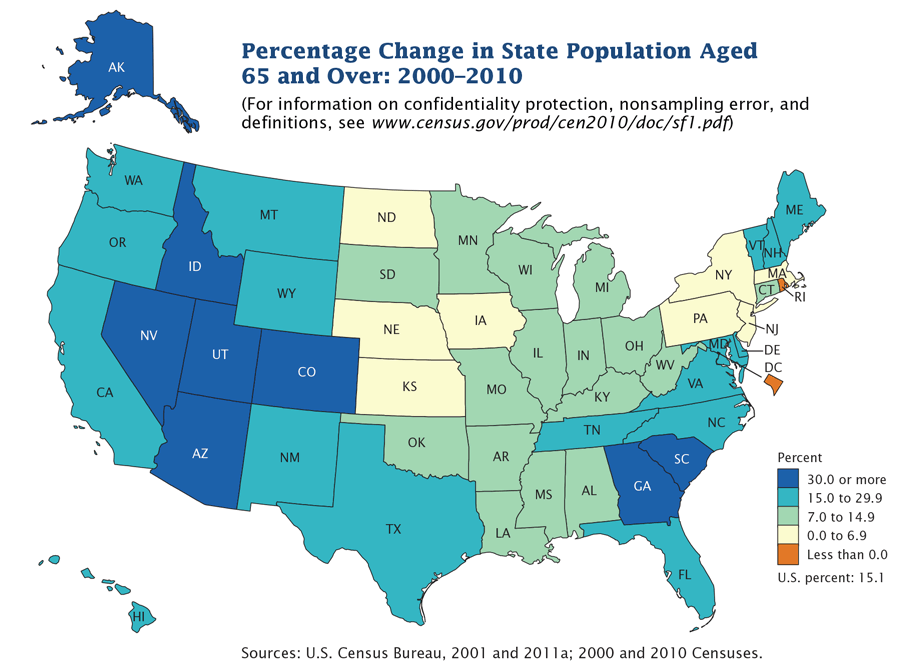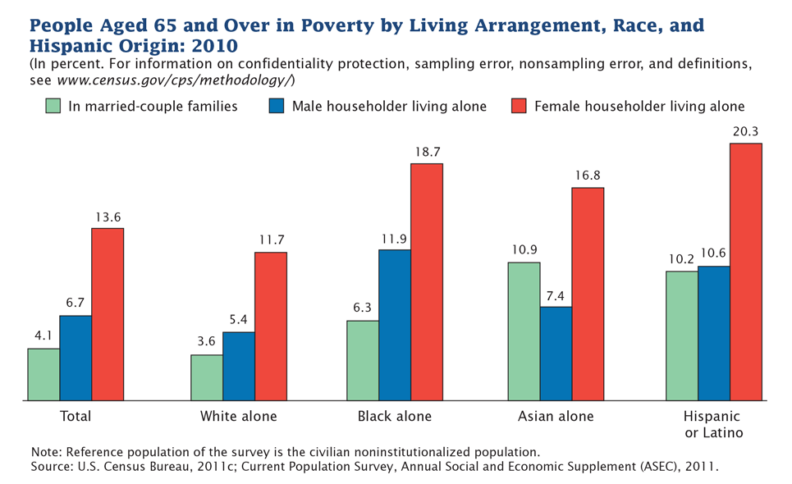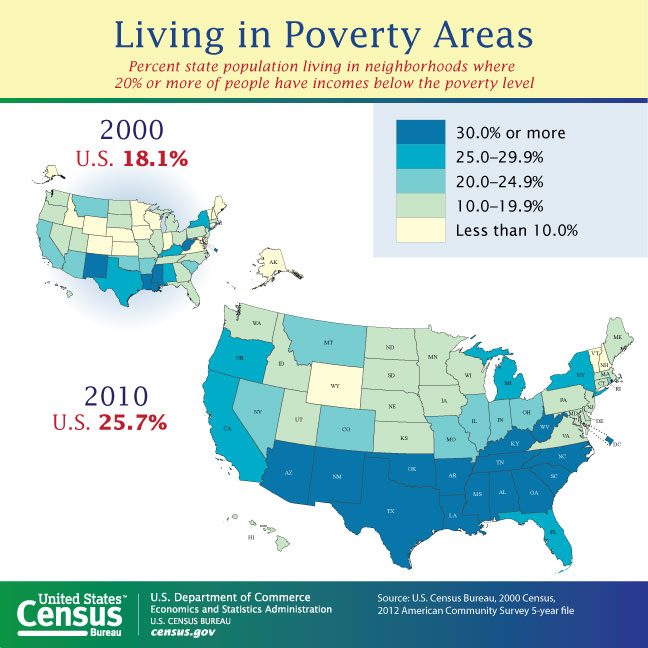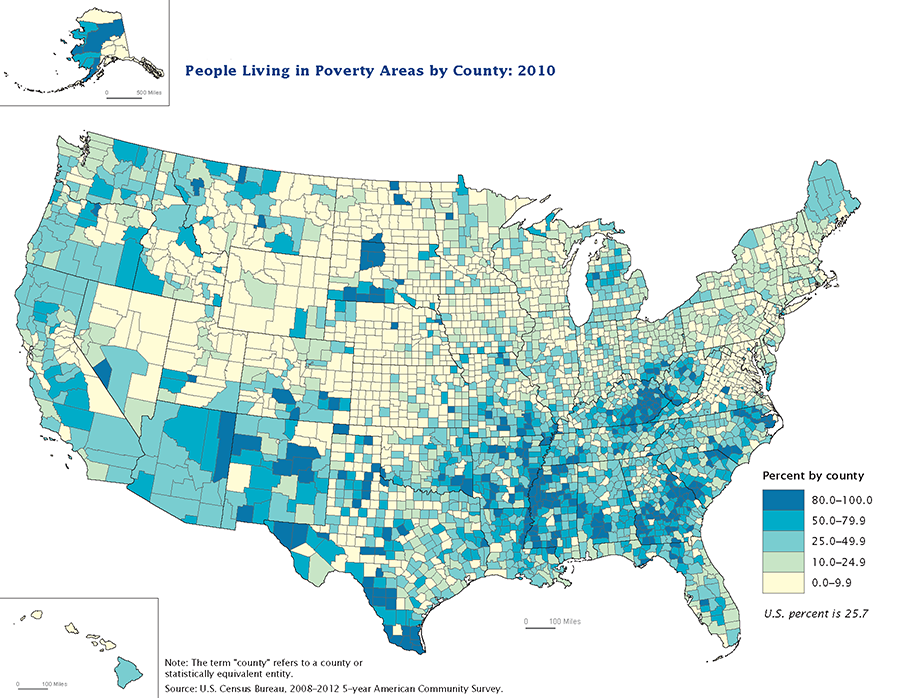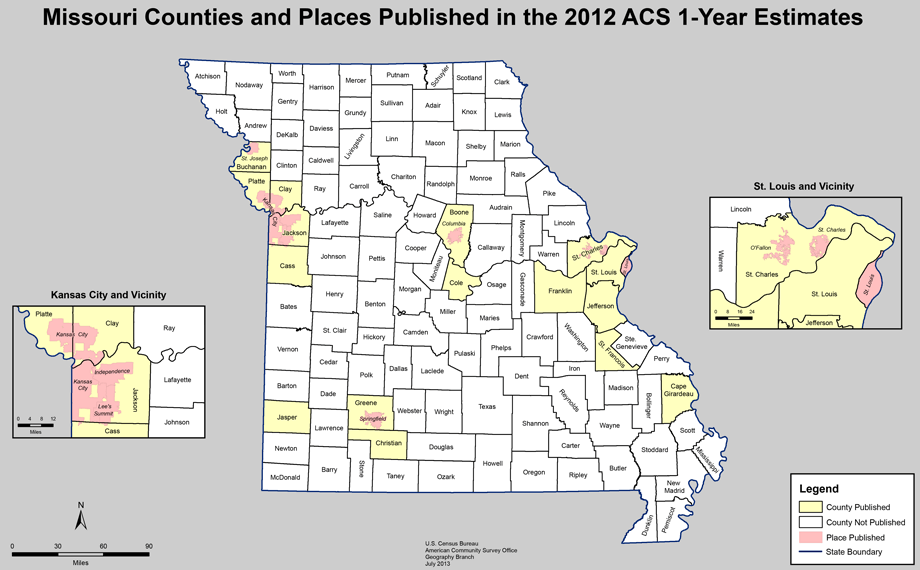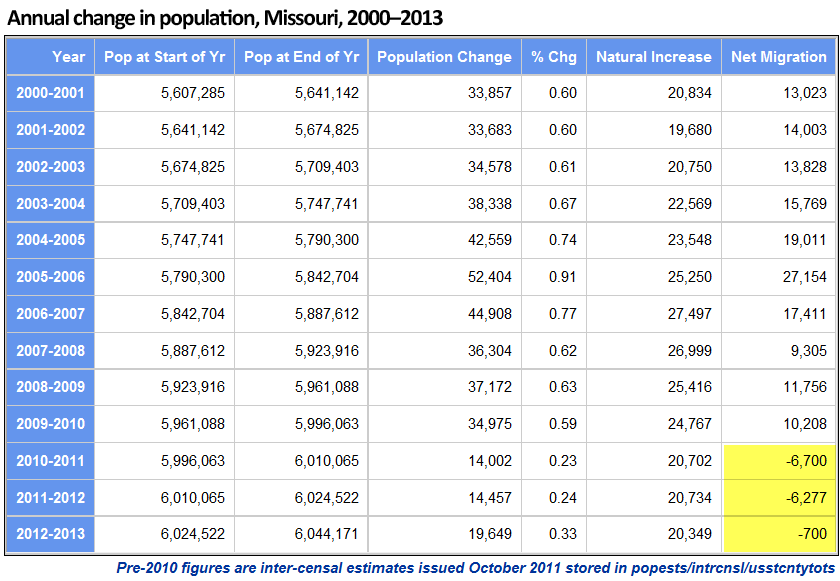The 2013 American Community Survey (ACS), released today in its one-year version, provides a multitude of statistics that measure the social, economic and housing conditions of U.S. states, counties, and communities. More than 40 topics are available with today’s release, such as educational attainment, housing, employment, commuting, language spoken at home, nativity, ancestry and selected monthly homeowner costs.
The ACS gives communities the current information they need to plan investments and services. Retailers, homebuilders, police departments, and town and city planners are among the many private- and public-sector decision makers who count on these annual results.
“The American Community Survey is our country’s only source of small area estimates for social and demographic characteristics,” Census Bureau Director John H. Thompson said. “As such, it is indispensable to our economic competitiveness and used by businesses, local governments and anyone in need of trusted, timely, detailed data.”
Also released today are two reports providing analysis on income and poverty for states and large metropolitan areas. The ACS three- and five-year data for 2013 will be released in October and December of this year, respectively.
Following are some highlights of the new ACS 2013 one-year release and related reports.
Income
- For 2013, median household incomes were lower than the U.S. median ($52,250) in 28 states and higher in 19 states and D.C. (Three states did not have a statistically significant difference from the U.S. as a whole.)
- In 2013, the states with the highest median household incomes were Maryland ($72,483) and Alaska ($72,237). Mississippi had the lowest ($37,963).
- Median household income among the 25 most populous metro areas was highest in the Washington, D.C. ($90,149), San Francisco ($79,624), and Boston ($72,907) metro areas.
Income Inequality
Household Income: 2013 examined the Gini index for states and large metro areas. The Gini index is a summary measure of income inequality, ranging from 0 (complete equality) to 1 (complete inequality). Among the findings:
- Five states and D.C. had Gini indexes higher than the U.S. index of .481; 36 states had lower Gini indexes than the U.S.
- The Gini index of 15 states increased from 2012 to 2013. Alaska was the only state to have a decrease. All other states saw no significant change.
- The highest Gini index was in the District of Columbia (0.532). Alaska’s (0.408) was among the lowest.
Poverty
- Two states — New Hampshire and Wyoming — saw a decline in both the number and percentage of people in poverty. New Hampshire’s poverty rate declined from 10% in 2012 to 8.7% in 2013. Wyoming’s rate declined from 12.6% to 10.9%.
- Three states saw increases in both the number and percentage of people in poverty between 2012 and 2013. New Jersey’s poverty rate increased from 10.8% in 2012 to 11.4% in 2013; New Mexico increased from 20.8% to 21.9%, and Washington increased from 13.5% to 14.1%.
- In 2013, Mississippi had the highest poverty rate among states (24%), followed by New Mexico (21.9%). Both states also had the highest percentage of the population below 125% of the poverty level: 30.3% in Mississippi and 28.3% in New Mexico. About one in 10 people in both states had incomes less than 50% of the poverty level.
- Among large metropolitan areas, one of the lowest proportions of people with incomes less than 50% of the poverty level in 2013 was 4.2% in the Washington, D.C., metro area, while one of the highest proportions was 8.4% in the Phoenix metro area.
Health Insurance
- Between 2012 and 2013, 13 states and Puerto Rico saw a statistically significant increase in the percentage of civilians covered by health insurance. Two states (Maine and New Jersey) saw a decrease.
- Among people whose incomes were below 138% of the poverty threshold, 25.6% were uninsured in 2013. (Under the Affordable Care Act, states have the option of expanding Medicaid eligibility to those with incomes at or below 138% of the poverty threshold.) Among people whose incomes were at or above 200% of the poverty threshold, 9.2% were uninsured in 2013.
- Among the top 25 largest U.S. metropolitan areas, the uninsured rates were highest in Miami (24.8%), Houston (22.8%), and Dallas (21.5%) and lowest in Boston (4.2%), Pittsburgh (7.5%), Minneapolis (8.1%), and Baltimore (8.7%).
- Among the top 25 large metropolitan areas, Tampa, Detroit, and Riverside, Calif., had public coverage rates of 33% or higher.
Computer and Internet Access
The 2013 American Community Survey included new questions to produce statistics on computer and Internet access. Mandated by the 2008 Broadband Data Improvement Act, the data will help the Federal Communications Commission measure broadband access nationwide. The data will also help identify communities eligible for available grants to expand access.
Some findings: 83.8% of the nation’s households have a computer (either desktop, laptop, tablet or smartphone). 74.4% have some form of Internet access at home. The Census Bureau is releasing a more detailed report on the new findings in early October.



